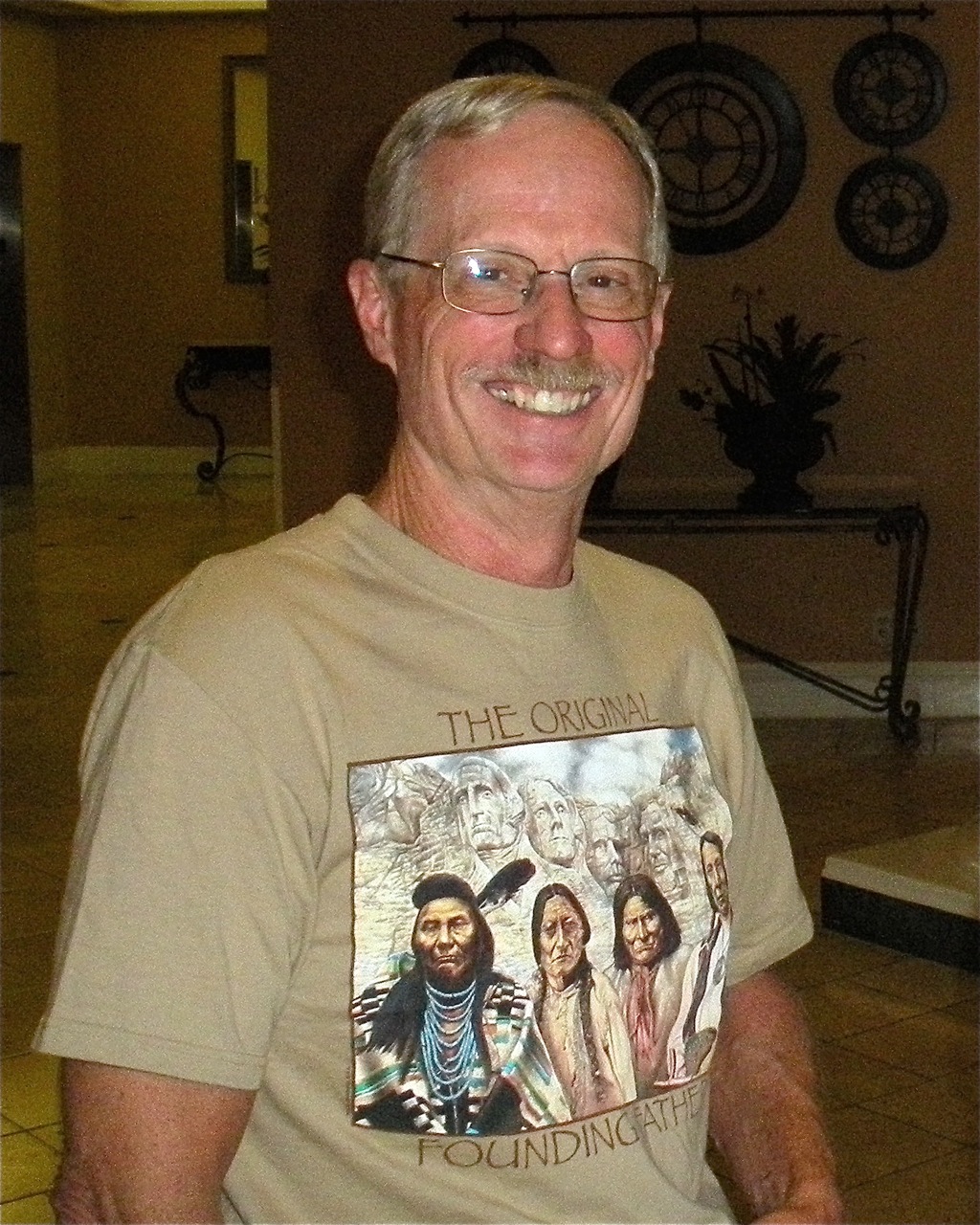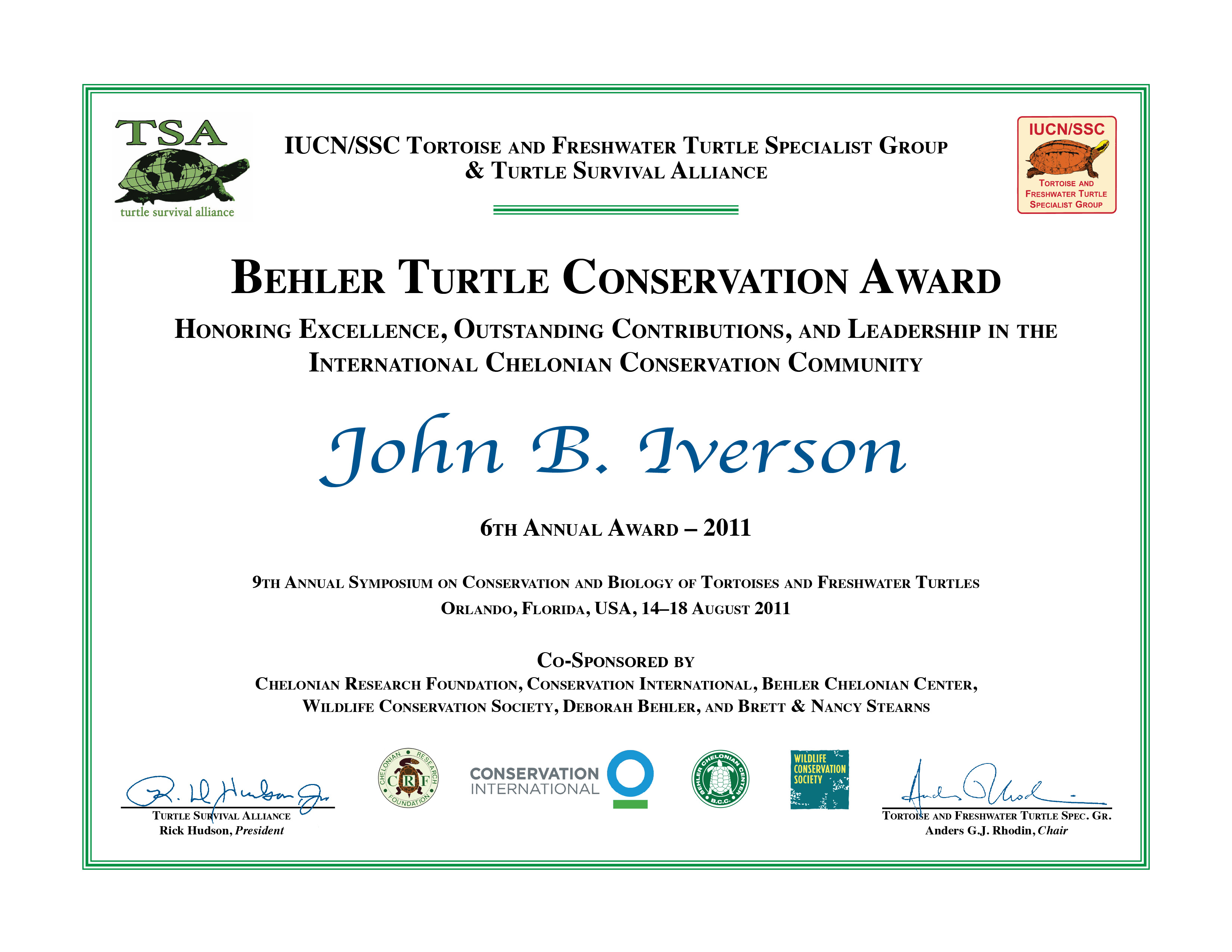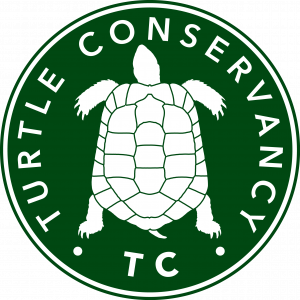John Iverson
John Iverson Receives the 6th Annual 2011 Behler Turtle Conservation Award

John B. Iverson
2011 Behler Turtle Conservation Award: John B. Iverson
by Ross Kiester, Anders G.J. Rhodin, and Rick Hudson
from Turtle Survival Magazine 2011:102–103.
(download pdf here)
The IUCN Tortoise and Freshwater Turtle Specialist Group and the Turtle Survival Alliance are delighted to announce that the 2011 Behler Turtle Conservation Award will be presented to John Iverson.
Almost everyone who works in turtle conservation knows John. He has produced a body of basic biology that critically underpins any turtle conservation efforts and he has shared information and maintained fruitful contact with turtle people all over the world in a way that no one else has done.
John has contributed extensively and significantly to at least three aspects of the biology of turtles that have important conservation implications: taxonomy and phylogeny, zoogeography, and ecology and demography. To do conservation work, we must know what turtles there are, where they live, and whether their populations are increasing or decreasing and why. In the realm of taxonomy and phylogeny, John has worked for more than 35 years on his beloved genus Kinosternon, the Mud Turtles. When he began working on this group, it was, simply stated, the biggest taxonomic mess in North American turtles. Building on the work of Norman Hartweg and collaborating extensively with Jim Berry, John has, through careful work and extreme attention to detail, achieved a clear understanding of this once confused group. John has also spent his career wrestling with perhaps the hardest problem in turtle taxonomy – the Asian Geoemydids.
Along the way, he participated in describing one of the most remarkable new turtles ever, the Sulawesi Forest Turtle (Leucocephalon yuwonoi). Other work describing new species that turned out to be hybrids was less immediately successful, but led to important advances. A defining character of science according to Francis Bacon, one of modern science’s founders, is that “Truth arises more readily from error than confusion.” It takes a very good scientist to make an important mistake. It takes an even better person to build on those mistakes, if we can even call them that. John’s unpublished “Synopsis of Problematic Geoemydid Taxa” set the research program for that group of turtles for many years.
Although John has worked on his own checklist of turtles since his graduate school days, he is also a key member of the IUCN Turtle Taxonomy Working Group. Here, in the company of others, he brings his unparalleled knowledge to work that directly affects turtle conservation. In 1986, John published the first edition of his monumental A Checklist with Distribution Maps of the Turtles of the World. Here he summarized turtle taxonomy and presented literally every known locality of every species of turtle of the world. To do this he had to read all of the literature and extract all of the museum data that were available anywhere. He then had to look up each locality, find it on a map and determine its latitude and longitude. The process of georeferencing these localities was about two decades ahead of its time. In 1992, he published A Revised Checklist with Distribution Maps of the Turtles of the World and immediately began collaborating with Ross Kiester to make these data available as a computer database. As this process continued, the Worldwide Web evolved to the point where the data could be presented to all via the EmySystem website. Once the data were in a database, we could finally get a handle on just how much work John had done. At present there are 41,704 localities in the EmySystem representing 66,939 museum specimens and 24,713 localities from 2,263 literature citations.
In 1981, John began working at Gimlet Lake in the Nebraska Sandhills. Using drift fences on an unprecedented scale, he began studies of the life history and demography of the Yellow Mud Turtle and the Ornate Box Turtle. Workers in turtle conservation constantly plead for more long-term studies of turtle demography. Because most turtles live so long, a study cannot even begin to be considered as long-term until it is conducted for more than 30 years. There are simply too few studies of this duration and John has built two of them.
John’s passion for turtles is equaled by his passion for connecting to the turtle community. Throughout his career, by post and then by email, he has maintained a correspondence second to none. The number of emails he answers in a week would cause most of us to weep. His commitment to sharing data came long before that was the expected practice of scientists and is a key aspect of his contribution to turtle conservation. John received his Ph.D. from the University of Florida in 1977 where he was a student of both Archie Carr and Walter Auffenberg. But in reality, John went his own direction establishing a pattern of independence throughout his life.
In 1978 he took a position at Earlham College in Richmond, Indiana, and remained there until his retirement this June. Earlham is a small, well-respected liberal arts college, but has neither the institutional culture nor the infrastructure to support research careers. So John’s productivity as a research scientist is all the more remarkable. However, this institution’s relative indifference to research made it possible for John to do exactly the kind of work he felt was important. In contrast, it is hard for research career oriented professors at major universities to continue longterm studies year after year with publications coming only every several years. What John did receive from Earlham was a constant stream of talented undergraduates. He made the most of these and they, in return, got the benefit of a truly dedicated mentor. Field studies are often labor intensive and John’s reputation was such that he never lacked for help.
From 1982 until his retirement this year, John was the Director of Earlham’s small but surprisingly superb Joseph Moore Museum of Natural History. John’s passion and indefatigable capacity for work have secured him a place in the hearts and minds of turtle conservation people around the world. We look forward to even more inspiration from him now that he is retired from academia. The turtle community is proud to have John as a member, but we do have to share him with the iguana community where he has done, if anything, more direct conservation work than he has with turtles. So John is about twice as remarkable as most of us think. That’s truly remarkable.
The IUCN/SSC Tortoise and Freshwater Turtle Specialist Group and Turtle Survival Alliance established the Behler Turtle Conservation Award in 2006, a major annual award presented jointly by these groups to honor leadership and excellence in the field of tortoise and freshwater turtle conservation. The award honors the memory of John L. Behler, previous Chair of the Tortoise and Freshwater Turtle Specialist Group and Curator of Herpetology at the Bronx Zoo, Wildlife Conservation Society. The Award includes an honorarium of $3,000, and co-sponsors this year are Chelonian Research Foundation, Conservation International, Chelonian Research Institute, Behler Chelonian Center, World Chelonian Trust, Wildlife Conservation Society, Deborah Behler, and Brett and Nancy Stearns. Previous Behler Award honorees are Ed Moll, Whit Gibbons, Peter Pritchard, Gerald Kuchling and Bernard Devaux. In addition to honoring the life-time achievements of senior turtle and tortoise conservationists, the Award also honors conservation efforts by younger individuals who make major contributions to the field. Recognizing and valuing the often tireless and dedicated efforts made by all these individuals is important, and the Behler Award hopes to provide some inspiration and reward for those who have demonstrated excellence and leadership on the front lines of global turtle conservation efforts.









